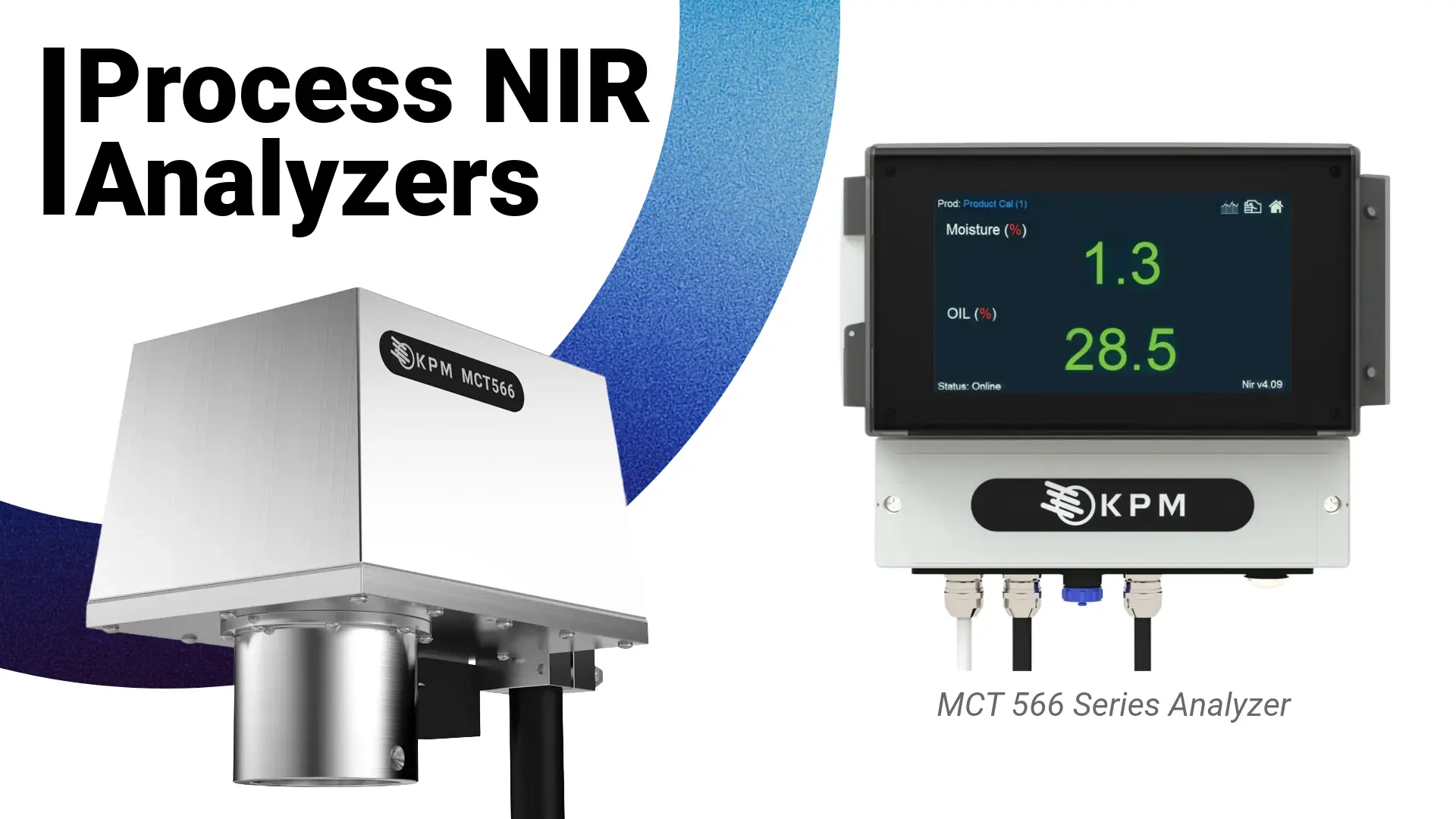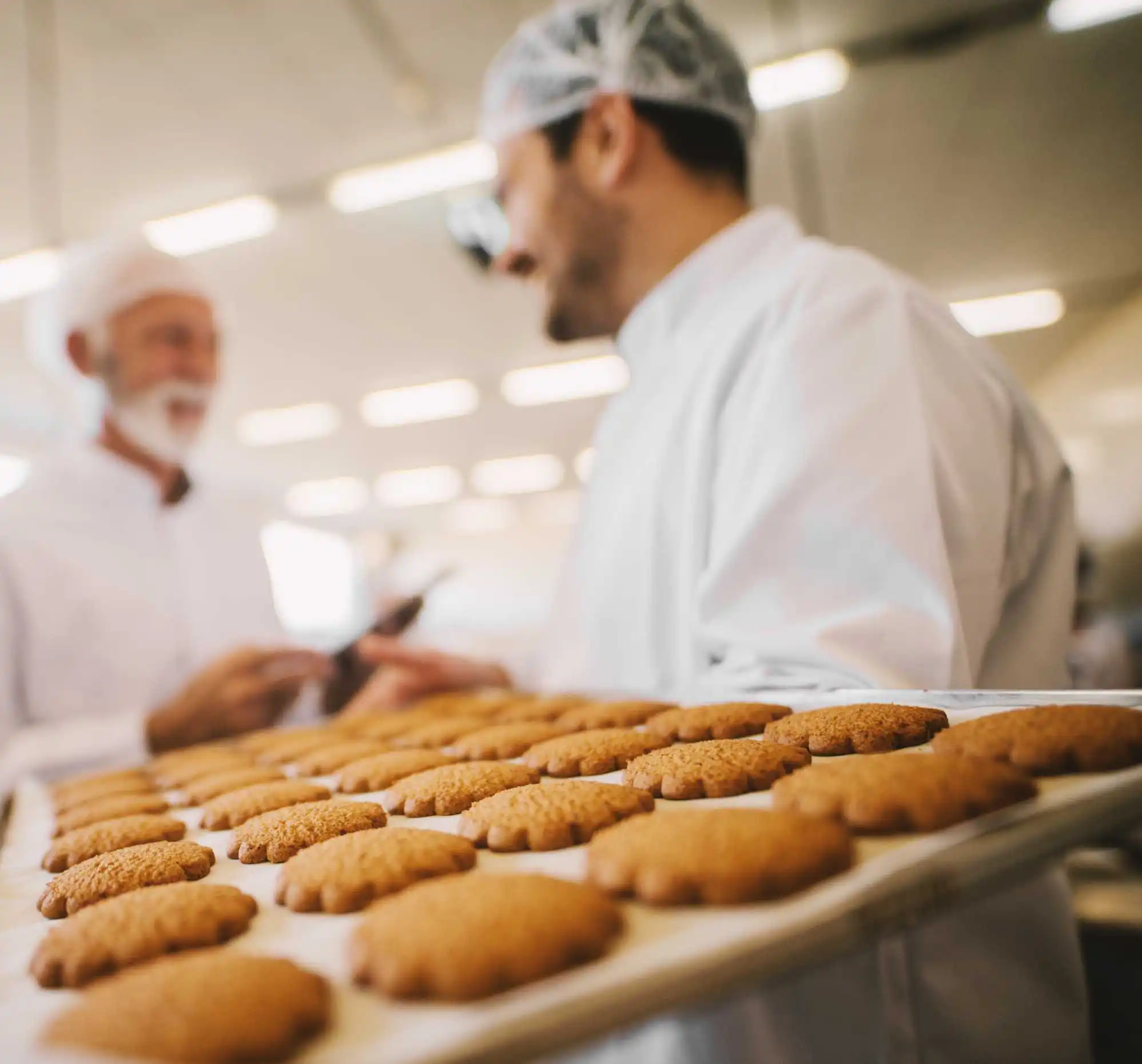How NIR Technology Helps Improve Food Shelf Life & Flavor
.webp)
Table of Contents
Featured Products
Food industry studies have determined that the most critical factors in processed food degradation include moisture, temperature, pH, preservatives, and packaging. The industry has developed control parameters to optimize production and packaging to protect its products and improve shelf life. Packaging techniques help maintain a constant environment for the product and can include vacuum sealing, sealing with minimum air head space, and nitrogen purging.
The best packaging of food products still requires that the product being packaged has been manufactured under optimum conditions, including moisture control.
Why Should you Continuously Measure Moisture in Food Production?
Food moisture is critical in maintaining texture, shelf life and control of microbial growth. Relative humidity at manufacturing plants varies during the day as heat builds up and fluctuates with the season. Near-infrared (NIR) moisture transmitters supply reliable and accurate measurements online or at-line.
Conducting Direct moisture measurements at each unit operation and before packaging is the best way to ensure moisture control.

Food product temperature and relative humidity during the manufacturing process and when packaged affect the moisture level of the delivered product and, thereby, the taste, crispness, and shelf life.
Certain food products - chips, crisps, curls, crackers, and cereals - require tight moisture specifications. A very low moisture level leads to crumbling and a too-crunchy bite. High moisture leads to that soggy bite at a humid picnic, and if it is too high, microbial growth leads to mold. Moisture control at the dryer, fryer, or oven exit is critical before packaging.
Fat and Oil Measurement
Moisture is not the only parameter measurable by NIR sensing technology that can affect food shelf life and flavor. Oil-based flavoring sprays can also be measured and controlled at the unit operation with NIR sensors, ensuring product taste consistency and optimizing production costs. Fat and oil measurements are essential in monitoring hydrogenation reactions and enzymatic degradation. Too high an oil level can impart a bitter taste, and an oxidation level can impact odor and flavor in undesirable ways. Even regular cereal undergoes fat oxidation.

Take Command of the Entire Food Production Process
From the mixing of ingredients to the packaging of final products for consumers, many variables can impact food quality throughout the entire production process. Fortunately for producers, most of these variables can be measured with the help of NIR technology, either in a lab setting or on the production line.
Learn about some KPMAnalytics’ NIR sensing solutions to help improve food shelf, flavor, and consistency.

Models:
AgriCheck Whole Grain Analyzer Series
SpectraStar XT NIR Analyzer Series
QuikCheck Analyzer

Models:
MCT566 Online NIR Moisture & Oil/Fat Sensor for Snack Food
MCT569 Online Wash Down NIR Moisture & Oil/Fat Sensor
Related Blog Posts
















